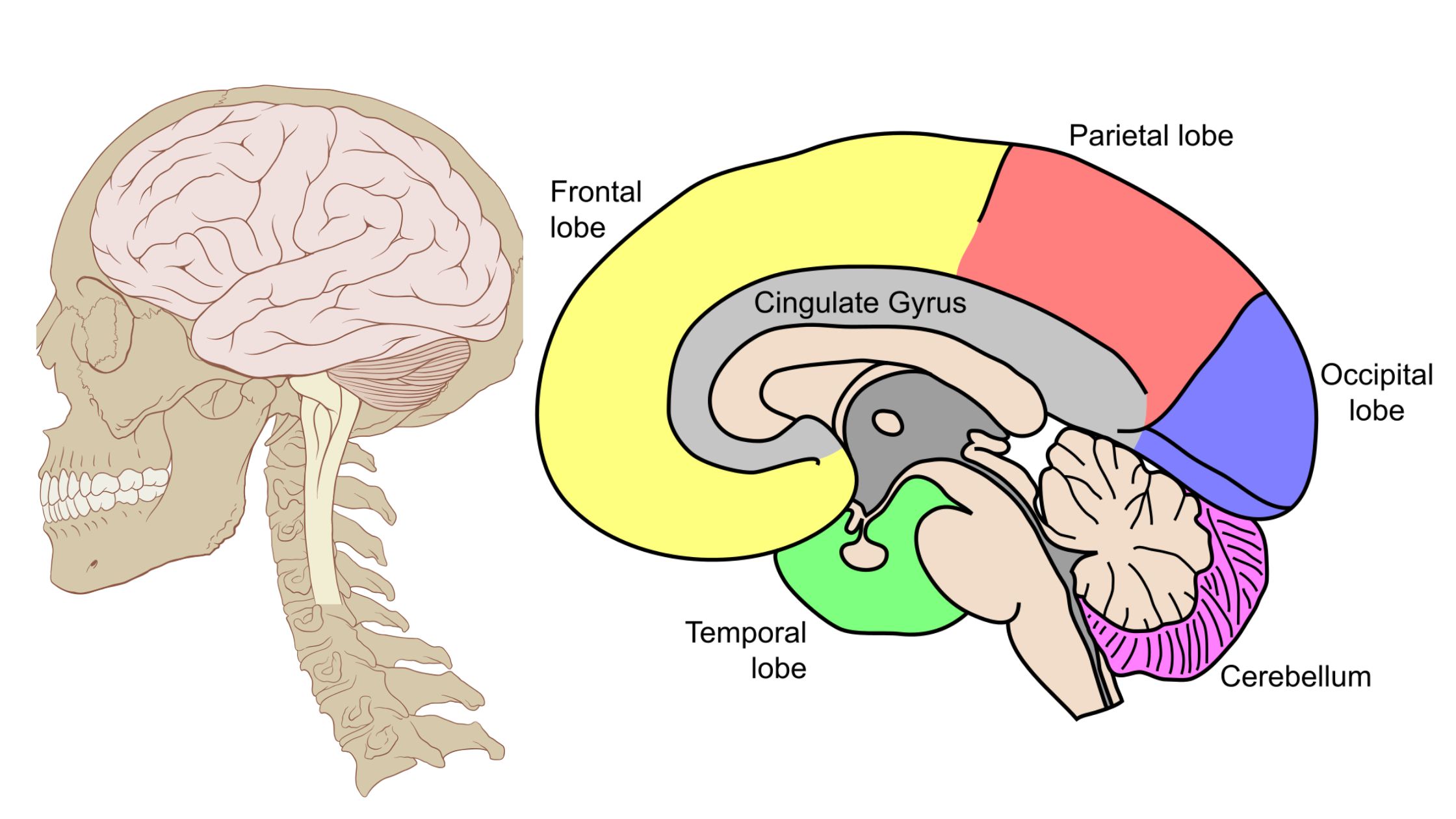Respiratory System of Frog
The respiratory system of a frog is quite interesting because frogs have multiple ways to exchange gases with their environment. Here’s a brief overview: It’s important to note that while frogs have lungs, they rely heavily on their skin for gas exchange, especially when they are in water. This dual mode of respiration allows them … Read more









